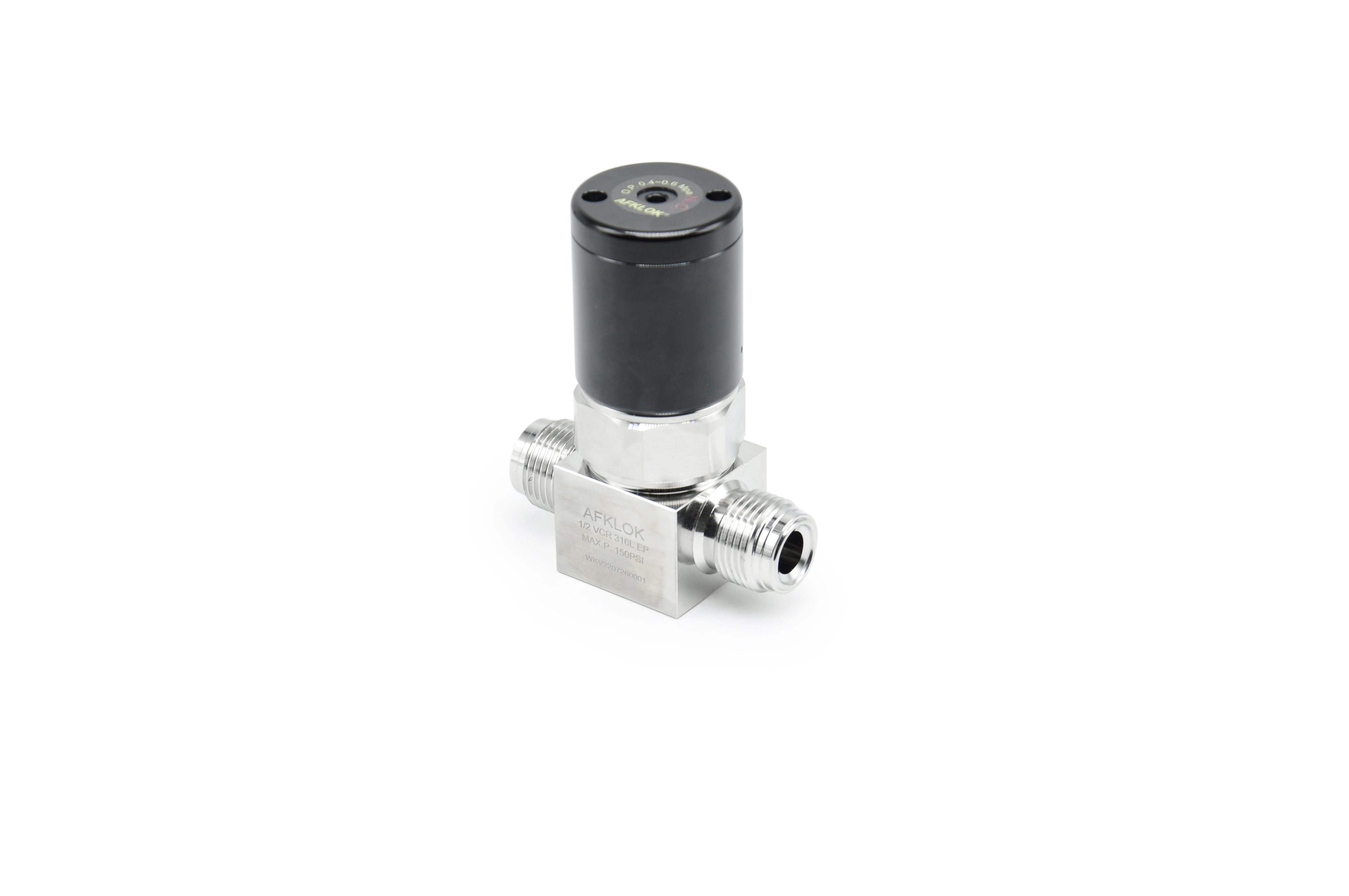pneumatic diaphragm valve is a type of valve that uses compressed air to actuate a flexible diaphragm to control the flow of fluids or gases. The valve consists of a body, a diaphragm, and a pneumatic actuator that controls the movement of the diaphragm.
The working principle of pneumatic diaphragm valve:
(1)Air supply: Compressed air is supplied to the pneumatic actuator of the valve, which is connected to the diaphragm.
(2)Diaphragm movement: The pneumatic actuator moves the diaphragm up or down, depending on the direction of the air flow. This movement opens or closes the valve, allowing or restricting the flow of fluid or gas through the valve.
(3)Control signal: The pneumatic actuator is controlled by a signal from an external controller or control system, which regulates the amount of air supplied to the actuator and thus controls the position of the diaphragm.
(4)Flow control: By adjusting the position of the diaphragm, the pneumatic diaphragm valve can control the flow of fluid or gas through the valve. When the diaphragm is in the open position, the fluid or gas flows through the valve, and when the diaphragm is in the closed position, the flow is restricted or stopped.
Pneumatic diaphragm valves are commonly used in a variety of applications, including chemical processing, pharmaceuticals, food and beverage, and water treatment, where reliable and efficient flow control is critical. They are known for their reliability, durability, and ease of maintenance.
Post time: Jul-26-2023
